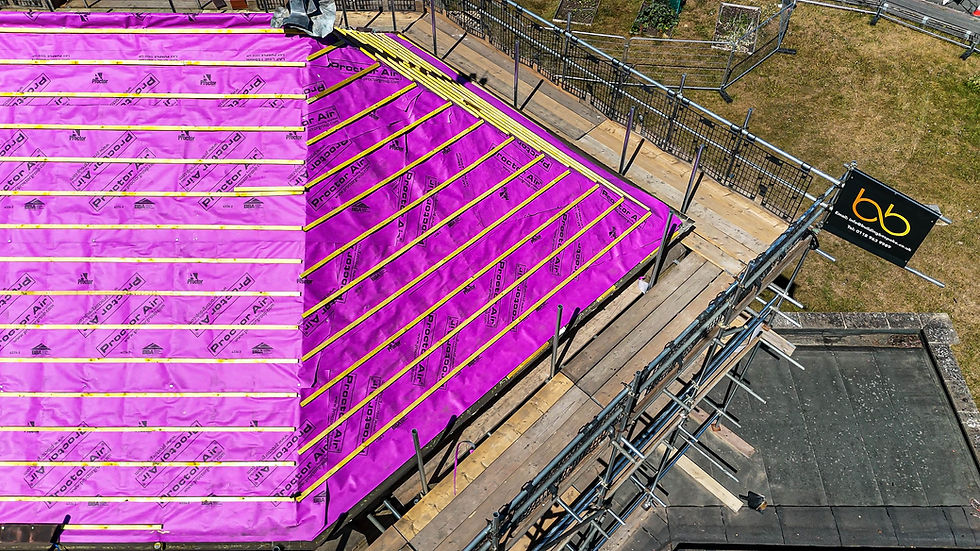New home applications surge by one-third
- Specify & Build
- Sep 17
- 2 min read
New figures provide a promising snapshot of planning activity in England, with new home applications increasing by nearly a third between April and June 2025, compared with Q2 2024.

The data, from Planning Portal operator TerraQuest, will be welcomed by government as it pushes ahead with reforms aimed at delivering 1.5 million new homes in this parliamentary term.
The latest Planning Portal Application Index for Q2 2025 covers 95% of the planning applications made to local authorities in England. The report shows 69,597 new homes were applied for during Q2, up from 52,282 during the same period a year earlier.
Seven out of eight regions saw more new homes applied for in Q2 2025 than in Q2 2024, with the West Midlands seeing strong growth of 71.7%.
Geoff Keal, CEO at TerraQuest, operator of Planning Portal, said: “There are clear signs of sector recovery, with our data revealing a notable rise in planning activity, contrasting with some of the less positive trends reported further along the development cycle, such as in construction. Because our data captures the very first step in the planning journey – often months before work begins on site – it provides a reliable early indicator of market sentiment.
“The recent uplift points to growing confidence among developers and housebuilders, likely driven by positive policy signals, including the revised National Planning Policy Framework (NPPF) and the Planning and Infrastructure Bill currently progressing through the House of Lords.
“While the figures don’t yet align with the target of 1.5 million homes, they do show a clear uptick. This signals renewed market intent, as the sector lays foundations for increased activity while planning reforms take time to bed in.”
Mary-Jane O’Neill, Head of Planning Consultancy (London & South), Planning, Regeneration + Infrastructure, Lambert Smith Hampton, said: “We’re seeing an increase in planning and housing applications, especially where Local Plans are under review or [have been] recently withdrawn. Developers also appear to be acting ahead of possible policy tightening in late 2025.
“There may also be pent-up demand following a subdued period post-COVID and earlier plan-making uncertainty. The revised NPPF’s more flexible approach to the five-year housing land supply has lowered risks for developers, making it more attractive to bring sites forward.”
Persistent challenges include delays in signing S106 agreements, nutrient and water neutrality requirements causing local delays, capacity issues within planning authorities slowing determinations, and infrastructure funding gaps limiting readiness.
.png)























































.png)

